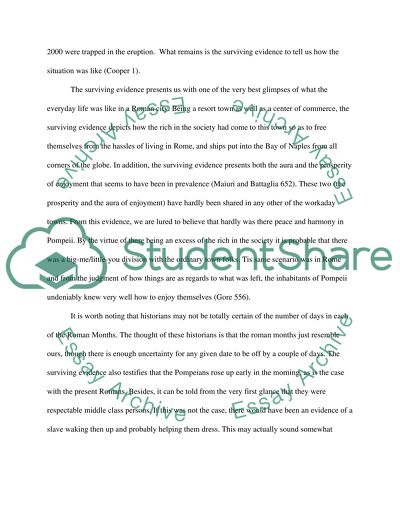Cite this document
(“What does the surviving evidence from Pompeii suggest about the ways Essay”, n.d.)
Retrieved from https://studentshare.org/history/1462541-what-does-the-surviving-evidence-from-pompeii
Retrieved from https://studentshare.org/history/1462541-what-does-the-surviving-evidence-from-pompeii
(What Does the Surviving Evidence from Pompeii Suggest about the Ways Essay)
https://studentshare.org/history/1462541-what-does-the-surviving-evidence-from-pompeii.
https://studentshare.org/history/1462541-what-does-the-surviving-evidence-from-pompeii.
“What Does the Surviving Evidence from Pompeii Suggest about the Ways Essay”, n.d. https://studentshare.org/history/1462541-what-does-the-surviving-evidence-from-pompeii.


